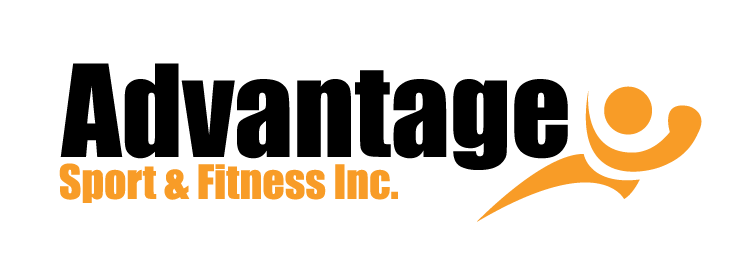The marketing team recently got some time to sit down with Mitch Clark, Territory Sales Manager for Upstate NY. Mitch is our most-veteran sales representative and has been working for Advantage for 12 years. We discussed everything from the recent trends he’s seeing in the education market in Upstate NY, his advice for his customers, the importance of inclusivity, as well as his favorite equipment.
What are some upcoming trends that you’re seeing in your industry?
“Functional fitness is big. I see a lot of High Schools and Universities looking for turf to be able to get their students moving. Balls, bands, ropes, and all that help to engage the kids and make the fitness environment more inviting. Anyone can use accessories like this—even my 7-year-old can do these things, and they’re all compound movements.”
Which of these trends excites you the most?
“I like the Escape products because a school can buy a lot of product and create new curriculum for not a ton of money. One of the things that I have recommended recently is a portable speed track. Schools can roll portable turf right onto the gym floor and use functional fitness pieces. One of the biggest concerns from schools is the lack of room, and this solution allows them to move product in and out.”
How has the industry changed in your experience?
“When I started, the main decision makers were athletic directors and coaches. Recently, I have seen more and more Physical Education teachers involved in the decision process to be more inclusive to all students. An increasing number of people are being included in a fitness center. Not only will athletics use these facilities, but also PE classes, and even the community. A lot of facilities are installing swipe access entry points so the community can come in. That’s the tricky thing—we must make sure we accommodate all these different types of people when we design a fitness center. Not only that, but we work to make it gender-friendly, wheelchair accessible, provide equipment for people with disabilities, and ADA compliant.. The federal government has recently been giving out grants to schools to combat childhood obesity. It’s our job at Advantage to plan out these rooms—we need to be educated, too. As a sales representative, I try to think about how I would use these rooms not as a former wrestler, but as a community member or person with disabilities.”
What is your #1 piece of advice for the people you work with?
“Don’t try to overload and get as much equipment as possible into the space. When designing a room, we try to make it as unintimidating as possible by putting the larger things like power racks in the back and the cardio near the entrance. It also helps to see everything in the fitness center while also making sure there is enough space to walk, move around, and be ADA compliant. That challenge is the fun part of my job, though. I like doing college rec centers, but my favorite thing is going to a small town and designing a room that is all-inclusive and something the community can use. You know that it’s going to affect the community because it’s the only show in town — the next nearest fitness center might be thirty miles away. There is a lot of vested interest in designing those fitness centers, because you know you’re going to change lives and get people excited about exercising. “
What are your personal best practices?
“I find that what helps me in sales is working out on the equipment. When I’m passionate about what I see, my customers can see that passion that I bring and when I talk about the product. I gravitate toward recommending what I like to use myself. I also try to be almost overly honest in discussions with my customers, maybe to a fault—I just think that my customers appreciate my transparency.
I try to practice what I preach—I exercise regularly and keep myself in good health mentally and spiritually. If one of those are off, it affects my job. I think I can be more irritable when I’m not in as good shape.”
What is the larger direction of the industry as a whole? Where is it going in the future?
“I think we are moving towards a more group-oriented fitness experience. I think places will continue to provide group exercise—it helps retention and increases engagement. For gym owners, it’s easier and cheaper to attract members through group classes. You see this not just with the fitness industry, our culture is becoming more social as a whole and fitness is going with it. Single-unit technology will start to give way to a networked fitness center. Overhead projections where everyone can see what they’re doing and how they’re doing compared to those around them is a growing trend. It won’t be for everyone, but it will appeal to the masses. Instantaneous feedback on heart rate levels and calories burned is also a huge part of it—I want to know how I’m doing on a second-by-second basis.”
What is your favorite product to recommend or use?
“I ride my Expresso bike every day. It’s been my best success personally and a product that I recommend wholeheartedly.
The Adaptive Motion Trainer is also great. It’s more versatile than any other machine out there, and from a biomechanics standpoint it has a more natural plane of motion. It’s the closest thing to running without the pounding of a treadmill. Plus, I like it in schools because a 10-year-old is going to have a different stride than an 18-year-old; a novice would be different than a varsity athlete. You can go from 4-inch stride to a 36-inch stride and you can do it on the fly.”




